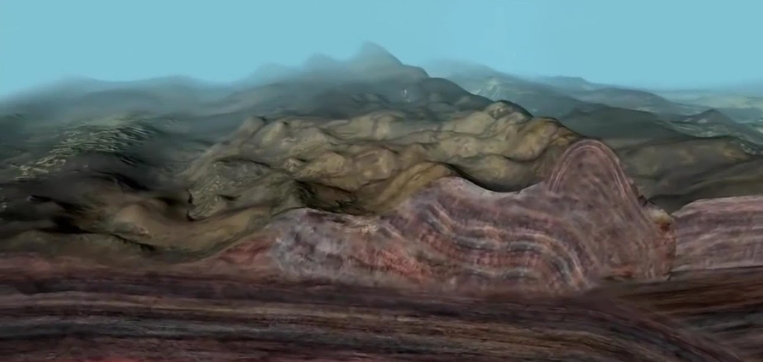Diastrophism is a powerful geological force that shapes the Earth’s surface in fascinating ways. From creating mountain ranges to causing earthquakes, diastrophism plays a crucial role in shaping our planet.
The Forces at Work
Diastrophism is the process by which the Earth’s crust is deformed by tectonic forces. This deformation can be caused by compressional forces, which push rocks together and create folds and faults, or by extensional forces, which pull rocks apart and create rifts and valleys.
Creating Mountains and Valleys
One of the most visible effects of diastrophism is the formation of mountain ranges. When tectonic plates collide, the crust is pushed upwards, creating vast mountain ranges like the Himalayas. Conversely, when plates move apart, valleys and rifts are formed, like the Great Rift Valley in Africa.
Causing Earthquakes
Diastrophism is also responsible for the formation of earthquakes. When tectonic plates grind against each other, they can become stuck, building up pressure until they suddenly release, causing the ground to shake. These seismic events can be devastating, but they are also a natural part of the Earth’s dynamic processes.
The Role of Diastrophism in Shaping the Earth
Overall, diastrophism is a key process in shaping the Earth’s surface. By deforming the crust through tectonic forces, it creates the diverse landscapes and features that we see today. From towering mountain ranges to deep valleys, diastrophism is an intriguing force that continues to shape our planet.
In conclusion, diastrophism is a powerful and fascinating force that plays a crucial role in shaping the Earth’s surface. By deforming the crust through tectonic forces, it creates the stunning landscapes and geological features that make our planet unique. The next time you marvel at a mountain range or feel the ground shake during an earthquake, remember that diastrophism is at work beneath your feet.

